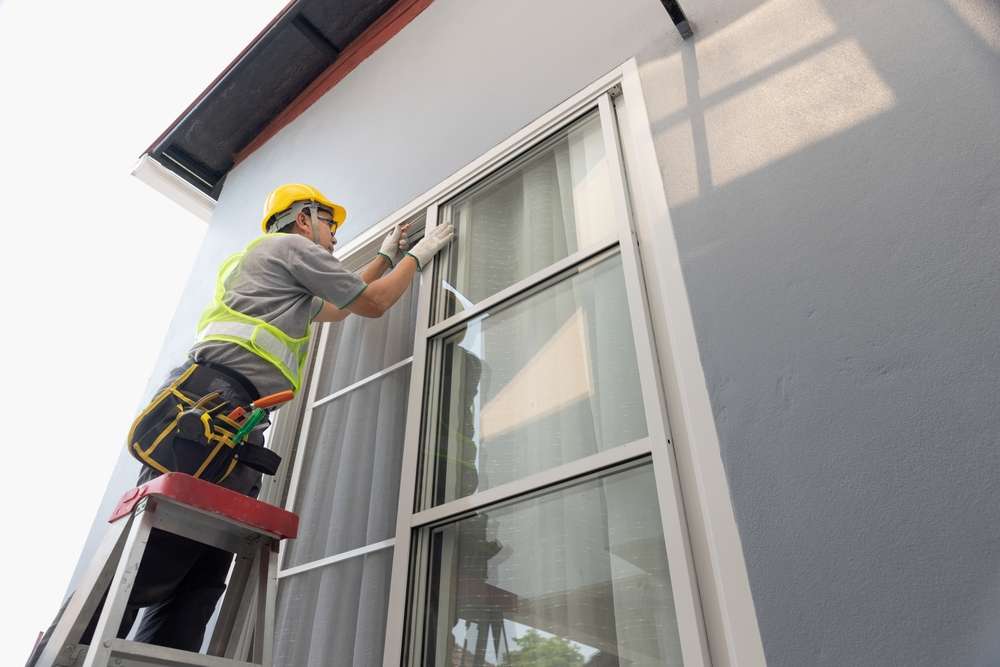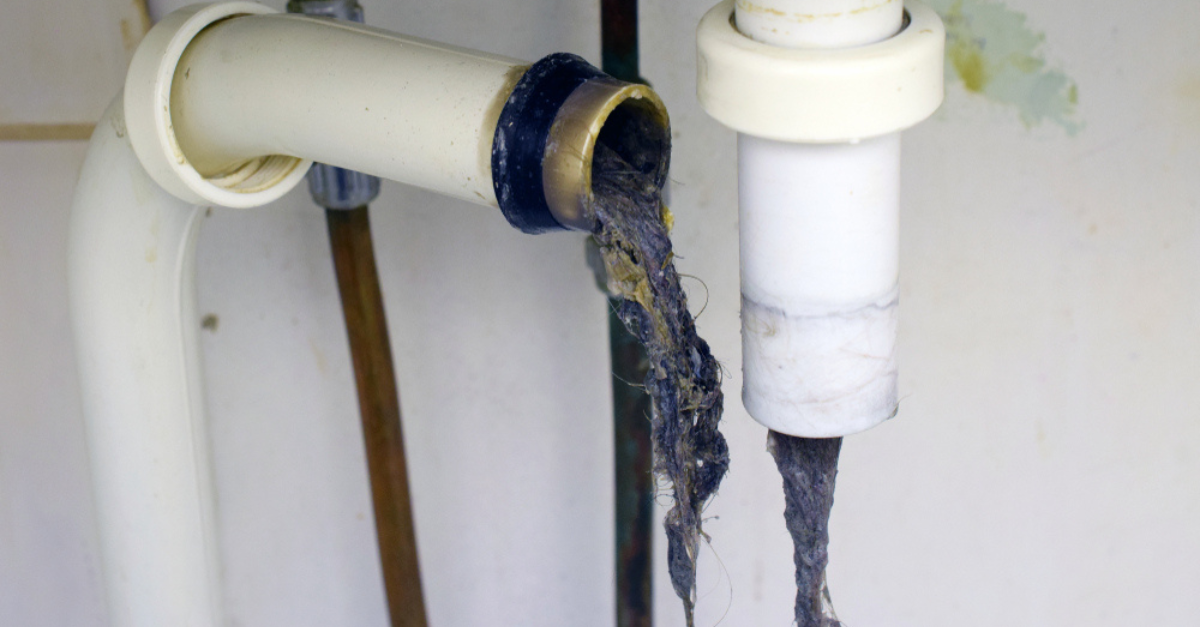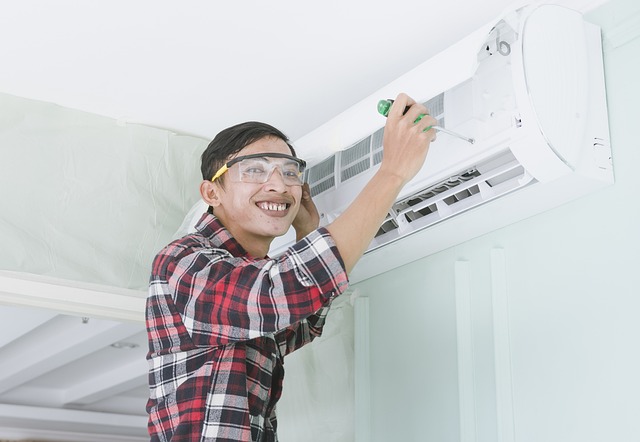The Ideal Roof for Your Home in the USA: How to Choose, Install, and Save
Achieving home durability and comfort without excessive costs is a goal for every homeowner in the USA. Learn how to correctly choose the best roofing option that will last for decades, install it effectively considering all technologies, and significantly save money in the process, avoiding common mistakes and overpayments. This information will help you understand all critical steps: from selecting ideal materials that match the climate and budget, to ensuring high quality of work

Choosing the Ideal Roof Material Types and Their Benefits
Modern roofing materials offer diverse advantages for American homeowners. Asphalt shingles remain the most popular choice, providing excellent value with 20-30 year lifespans and relatively low maintenance requirements. Metal roofing has gained significant traction due to its exceptional durability, lasting 40-70 years while offering superior energy efficiency through heat reflection.
Clay and concrete tiles excel in hot climates like Arizona and Florida, providing natural insulation and fire resistance. Wood shingles offer aesthetic appeal and natural insulation properties, though they require more maintenance in humid regions. Slate roofing delivers unmatched longevity, often lasting over 100 years, making it ideal for historic homes and luxury applications despite higher upfront costs.
Climate considerations significantly impact material performance. Northern states benefit from materials that handle freeze-thaw cycles, while southern regions require UV-resistant options that reflect heat effectively.
Finding Reliable Roofers for Quality Installation
Locating trustworthy roofing contractors requires thorough research and verification. Start by checking state licensing requirements, as most states mandate specific roofing licenses and insurance coverage. Verify contractor credentials through your state’s licensing board and confirm active insurance policies covering both liability and workers’ compensation.
Request detailed written estimates from multiple local contractors, comparing not just prices but also material specifications, warranty terms, and project timelines. Established roofers typically provide comprehensive warranties covering both materials and workmanship, often ranging from 10-25 years.
Check online reviews across multiple platforms while focusing on recent projects similar to yours. Request references from recent customers and, when possible, view completed work in your area. Reputable contractors readily provide this information and maintain professional business practices including proper permitting and inspection procedures.
Savings on Installation and Energy Efficiency Evaluation
Strategic planning significantly reduces roofing costs without compromising quality. Schedule installations during off-peak seasons, typically late fall through early spring, when contractors offer competitive pricing and better availability. Bundle roofing projects with other exterior work like gutters or siding for potential package discounts.
Energy-efficient roofing materials qualify for various tax credits and utility rebates. Cool roofs, which reflect more sunlight and absorb less heat, can reduce cooling costs by 10-15% annually. Metal roofing with reflective coatings and specially designed asphalt shingles earn Energy Star certifications, qualifying for federal tax credits up to certain limits.
Consider long-term energy savings when evaluating material costs. While premium materials require higher initial investments, reduced heating and cooling expenses often offset these costs over time. Proper insulation and ventilation work alongside roofing materials to maximize energy efficiency.
Cost Comparison and Regional Pricing Factors
Understanding regional pricing variations helps homeowners budget effectively for roofing projects. Labor costs vary significantly across states, with metropolitan areas typically commanding higher rates than rural regions.
| Material Type | Average Cost Per Square Foot | Lifespan | Best Regions |
|---|---|---|---|
| Asphalt Shingles | $3.50 - $7.00 | 20-30 years | All climates |
| Metal Roofing | $8.00 - $15.00 | 40-70 years | All climates |
| Clay Tiles | $10.00 - $18.00 | 50-100 years | Hot, dry climates |
| Slate | $15.00 - $30.00 | 75-100+ years | All climates |
Prices, rates, or cost estimates mentioned in this article are based on the latest available information but may change over time. Independent research is advised before making financial decisions.
Avoiding Installation Mistakes and Understanding Warranties
Common roofing mistakes cost homeowners thousands in repairs and premature replacements. Improper flashing installation around chimneys, vents, and valleys causes most leak-related problems. Inadequate ventilation leads to ice dam formation in cold climates and excessive heat buildup in warm regions.
Understand warranty distinctions between manufacturer material warranties and contractor workmanship guarantees. Material warranties typically cover defects but not installation issues, while workmanship warranties protect against contractor errors. Some manufacturers offer enhanced warranties when certified contractors perform installations using approved methods.
Document all work with photographs and maintain detailed records of materials, permits, and inspections. This documentation proves invaluable for warranty claims and future maintenance needs.
Regular Inspections and Quick Repair Assessment
Implementing systematic roof maintenance prevents minor issues from becoming major expenses. Schedule professional inspections every 2-3 years and after severe weather events. Trained professionals identify problems invisible from ground level, including loose or damaged shingles, compromised flashing, and structural concerns.
Address repairs promptly to prevent water damage and structural deterioration. Small leaks can cause extensive damage to insulation, framing, and interior finishes when left unrepaired. Many roofing problems cost significantly less to fix when caught early compared to extensive damage requiring major repairs.
Maintain detailed maintenance records including inspection reports, repair work, and material receipts. This documentation helps track warranty coverage and demonstrates proper maintenance for insurance claims.
Investing in quality roofing materials and professional installation protects your home for decades while providing opportunities for significant energy savings. By understanding material options, selecting reliable contractors, and maintaining your roof properly, you’ll maximize your investment while ensuring your family’s comfort and safety. Remember that the lowest initial cost doesn’t always provide the best long-term value, making thorough research and planning essential for successful roofing projects.




